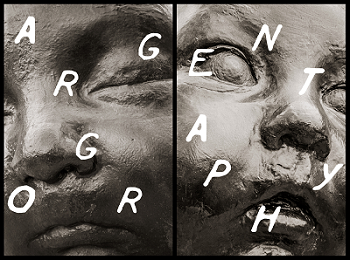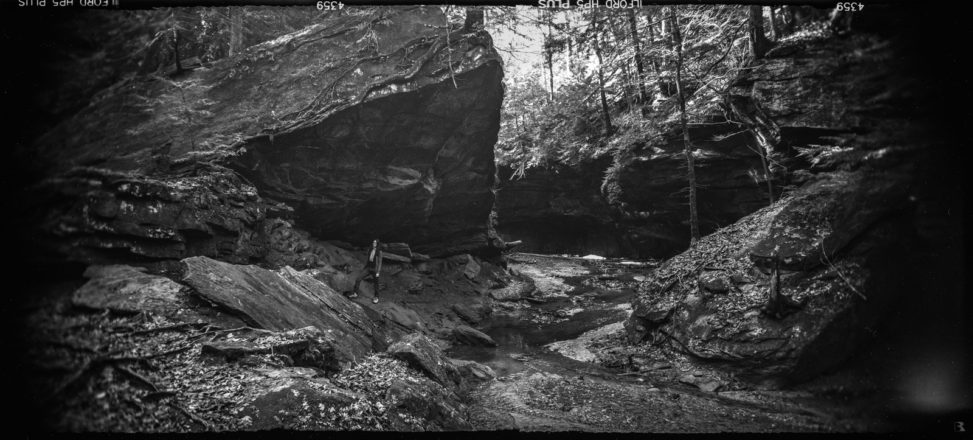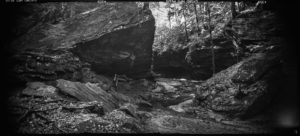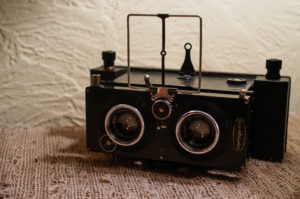Taken in Turkey Run, Indiana.
First test roll with this lovely camera, a 1920’s ICA Polyskop which I bought from a cemera shop in Germany. This camera has been converted sometime in the past for 120 roll film. There is a homemade pressure plate system to keep the film flat. To change the film, you have to remove cotter pins on each spindle to get the reels out, and then put the cotter pins back in after you’ve loaded the film.
When new, this camera could take stereo images, or panoramic images by sliding the lens board to the left, so that one lens would cover the entire image area (with some serious vignetting). Internally, there is a metal flap that is mechanically connected to flip to the right when the lens is slid over. This flap prevents the images from overlapping when taking stereo photographs.
Probably due to the serious vignetting when the camera is in panoramic format, a previous owner had decided to eliminate panoramic mode. There was paper pasted around the flap to help separate the stereo images, and a screw holding the lens board in place.
I removed all of this pasted paper, scraped out what was left behind, and painted the interior with flat black paint, and removed the screw so that the camera could be used in panoramic mode again. I also removed the red window out of a cheap brownie camera I had bought for a dollar, and replaced the plastic red filter that the original camera modifier had glued into the back cover, which had become unglued.
I’m hoping I can modify it a bit more to remove the cotter pin system, and put something spring loaded in it which should make it a lot more user friendly!
The history behind cameras like this makes this more than just a camera – it becomes a history lesson to investigate the industries that brought this camera into production, where these companies ended up, and the genesis of the stereo camera’s many incarnations throughout the years as film formats came and went.
The company ICA, behind this camera, eventually became part of Zeiss Ikon in 1926 when it merged with Ernemann, Contessa Nettel, and Goerz.
In my small camera collection I also have a Zeiss Ikon Volta, which was introduced by ICA and later rebranded as a Zeiss Ikon camera.




Leave a Reply